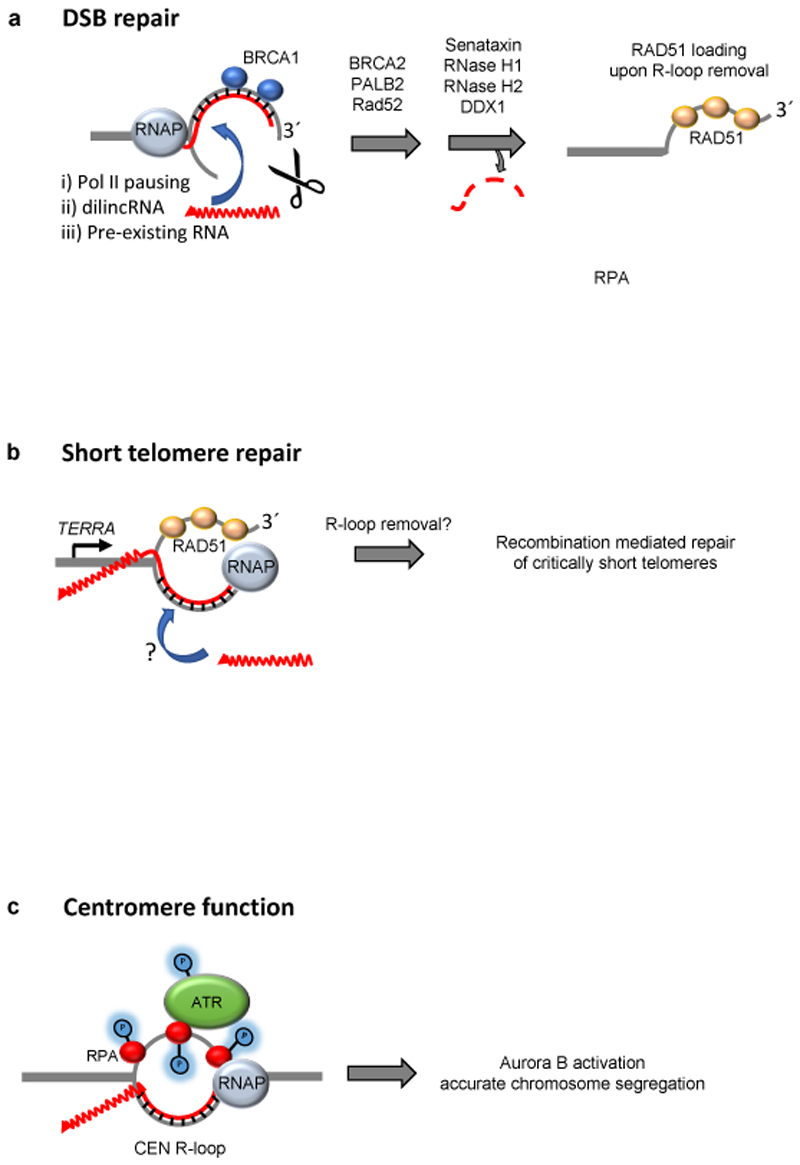Figure 5. RNA–DNA hybrids can promote genome stability.
a. RNA–DNA hybrids at DNA double-stranded breaks (DSBs) may form from transcription stalling within a gene (not shown); from de novo transcription from a free 3´end at the break site, as in the case of damage induced long noncoding RNA (dilncRNA); or alternatively a pre-existing transcript may associate with the newly resected strand in trans. The hybrid attracts BRCA1 and eventually other repair factors (BRCA2, PALB2, XPG (not shown)). The hybrid is then removed by either senataxin, RNase H1, RNase H2 or DDX1 or DDX1 to allow RAD51 loading and homologous recombination (HR). b. At short telomeres, the accumulation of telomere repeat-containing RNA (TERRA) R-loops promotes repair through RAD51-mediated homology-dependent repair. It is uncertain whether TERRA can form R-loops in trans at short telomeres, and the R-loop removal pathway has not been identified c. The post-replicative formation of R-loops at centromeres leads to replication protein A (RPA)-dependent recruitment of the kinase ATR. ATR catalyses multiple phosphorylation events and stimulates Aurora B activity, which promotes accurate microtubule attachment to kinetochores and chromosome segregation. Pol II, RNA polymerase II.

